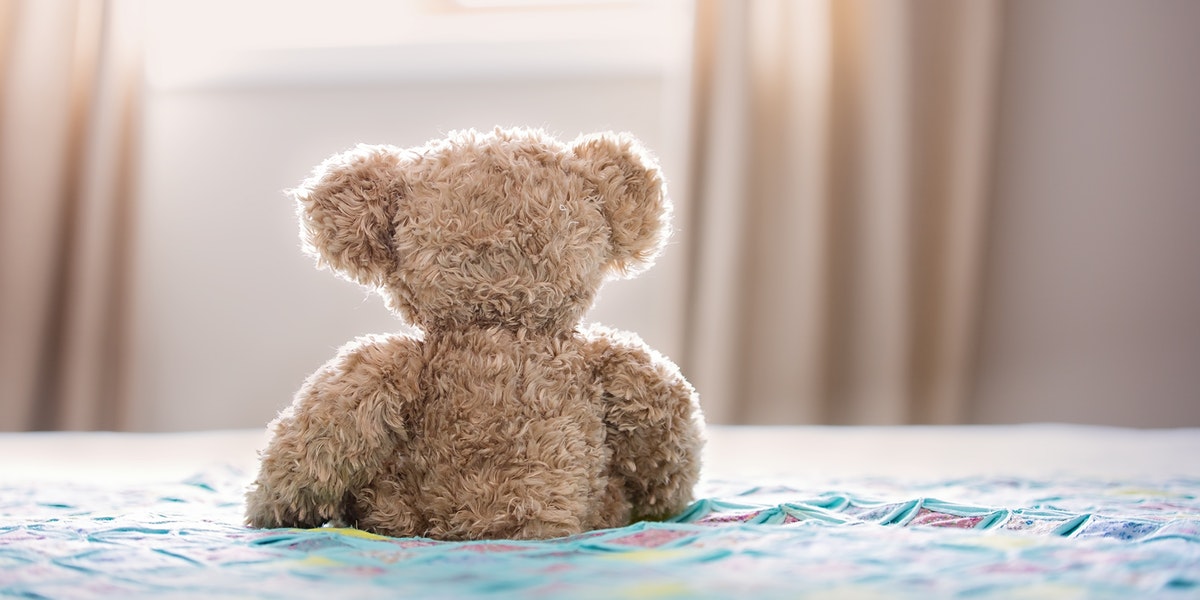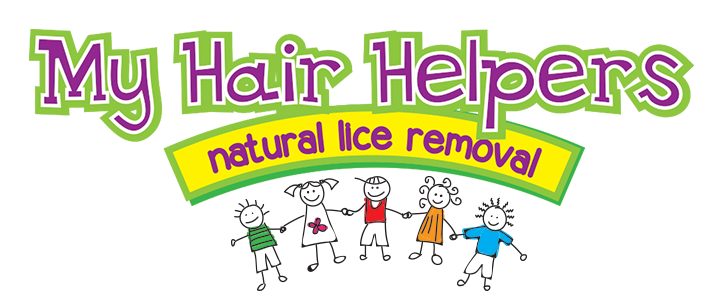Head lice is common in schools, daycares and summer camps. Children who are in close quarters with one another are likely to put their heads together, allowing for lice to spread. Though rare, lice can also spread from shared bedding, stuffed animals and clothing.
If your child has lice, a head lice expert can recommend appropriate treatment. Be sure to follow their recommendations, as two treatments are often necessary to ensure that all lice eggs are killed as well. It’s also advised to comb through your child’s hair to make sure the infestation is successfully eliminated.
With your child being treated for lice, you can rest easy in this department. But, what do you do about your home? Should the sheets, towels, clothes and toys be washed? This post covers how to kill lice from clothes and laundry.
How Long Do Lice Live?
To learn proper cleaning after a lice infestation, it’s important to understand the lifecycle of a louse. An adult louse lives up to 30 days. During this time, a female can lay up to 90 eggs. The eggs incubate for about 7 to 10 days and hatch, continuing the lifecycle. It’s no wonder why infestations get out of hand so quickly!
However, lice can only survive ON a host. Off a host, a louse can live for 1 to 2 days. Nits are a bit more resilient and can survive up to 10 days, though they will only hatch when attached to a host. They need the warmth from the scalp.
Caring for Head Lice Clothing and Laundry
Knowing that lice can’t survive without a host, they won’t last long on a pillowcase or blanket. This is why it’s rare for lice to be spread from clothing and linens. However, you want to remain cautious, so we recommend following these tips when caring for head lice laundry.
- Gather items that were used in the past 48 hours. This includes bed linens, towels, stuffed animals, clothing and coats, pillows, hair accessories and backpacks.
- Wash washable items. For washable items, place them in the washing machine on the hottest temperature. They can then be dried on the highest setting. Delicate items should be soaked in a bin of warm water with laundry detergent. Rinse and dry them as usual.
- Use the freezer. For items that can’t be washed or quarantined, place them in the freezer. Lice can’t survive cold temperatures, so a four hour freeze should do the trick. Vacuum the items afterwards.
- Check family members for lice. Because lice are most commonly spread through head-to-head contact, you’ll want to check other family members for lice. We recommend the wet combing technique because it is most effective. If you don’t find any lice, you can gradually increase the amount of time between checks.
No matter which cleaning method you choose, be sure you are diligent. It only takes one stubborn louse to restart an infestation. This is why it’s important to understand the lifecycle and the things that can allow a louse to thrive. For more information about managing a lice infestation in your household, contact My Hair Helpers today or shop our family friendly products online.


